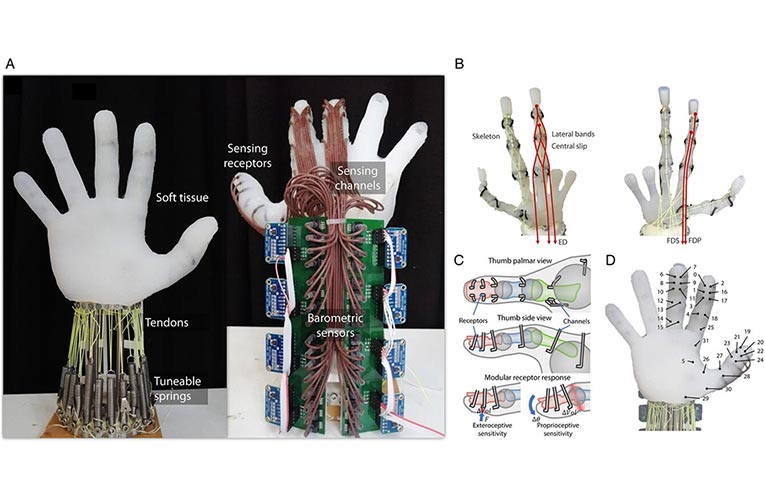
Researchers from the University of Cambridge have designed a cutting-edge robotic arm that can grasp objects and prevent them from dropped using the wrist movement and “skin-like” sensors. Unlike the traditional robotic arms, this particular design relies on passive wrist movement instead of individual finger movement, making it cost effective and energy efficient. The robotic arm also has the ability to predict whether it could drop the object using information provided by the sensors integrated into the “skin”. The “skin” like sensors measures the pressure applied to object and manipulates the object accordingly. The finding of the research was published in the journal Advanced Intelligent Systems. Ans the research has significant implications for the development of cost-effective robotics with the ability to mimic natural human hand movement.
The human hand is incredibly complex and replicating its capabilities into robotic arm possess a very significant challenge. For example, humans can adjust the amount of force used while handling different objects instinctively. Skills like that are much more difficult to implement in a robotic arm. To overcome this the scientists used sensors that enables the 3D-printed arm to sense the objects. The robotic arm relies on passive wrist movements and its fingers are not at all fully motorized. The researchers conducted more than 1200 testing using various objects, ranging from 3D printed plastic balls to more sensitive objects like peach, computer mouse and even bubble wrap. The experiments were a success with the arm was able to successfully grasp 11 objects out of 14.

